In a society where shelter is a fundamental necessity, the question of why is homelessness a problem? reverberates through urban streets and quiet suburbs alike. It’s not just the sight of individuals without homes that haunts passersby—it’s the profound ripple effect homelessness has on the community at large. From public health woes to financial strain, the impact of homelessness is far-reaching, touching every corner of society.
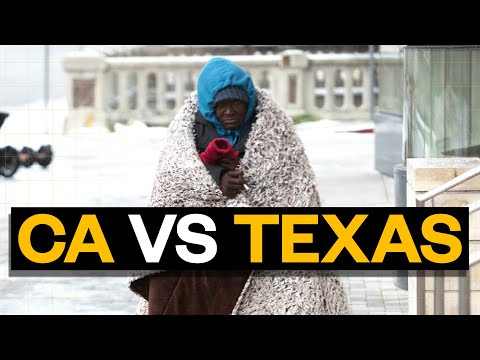
The Hidden Costs of Ignoring Homelessness
Dealing with homelessness is akin to trying to nail jelly to a wall—slippery, messy, and complex. Yet, ignoring it costs us all dearly. Homelessness isn’t just a plight of those directly affected; it seeps into the veins of society, causing our communal heart to falter. These hidden costs reveal themselves through various channels, from ballooning healthcare expenses—where emergency rooms become makeshift shelters—to strained law enforcement forced to shuffle between roles of caregivers and custodians.
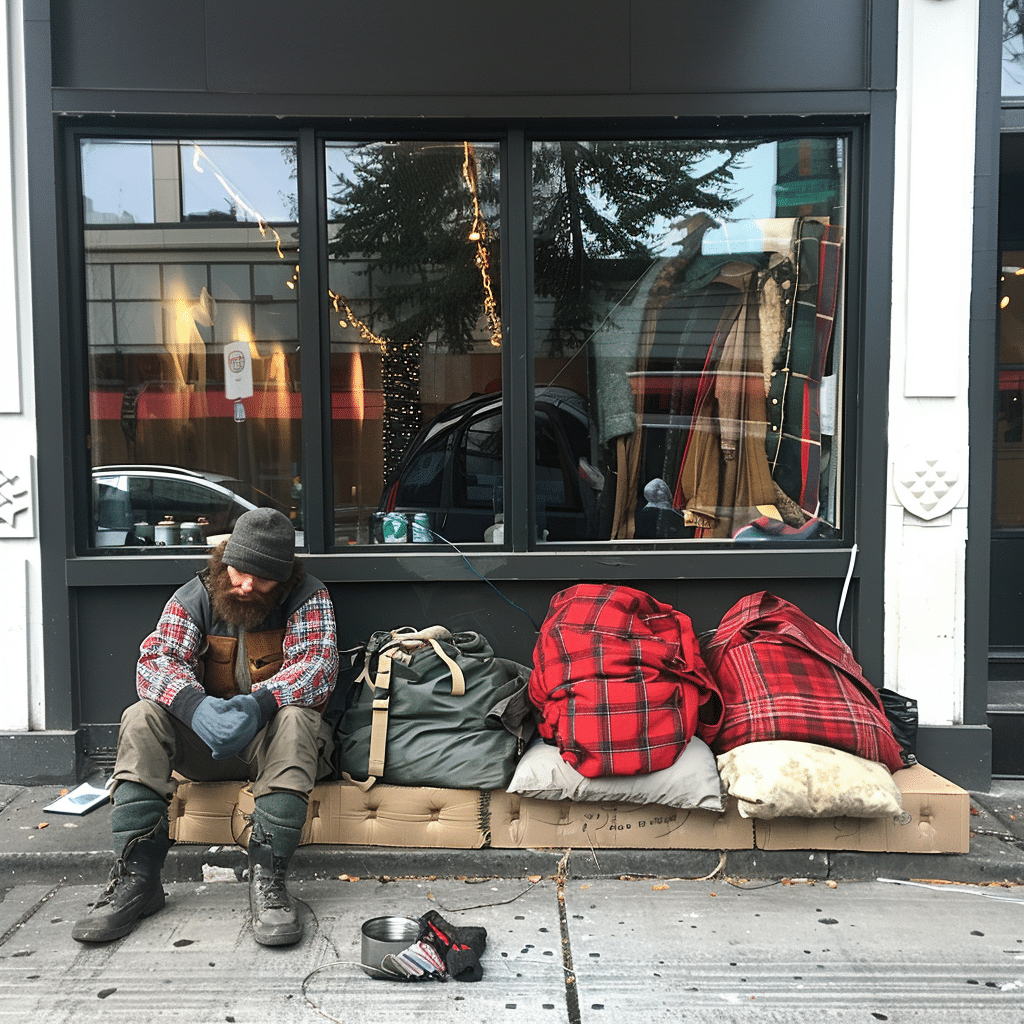
Increased Public Health Concerns
The public health landscape is drastically altered by homelessness. Imagine cities like Los Angeles and New York—bustling metropolises where the absence of a stable living environment acts as a breeding ground for infectious diseases. Mental health crises skyrocket, with sidewalks often becoming stages for untreated psychological disorders. This picture, dark though it may be, is not drawn from thin air. Stats show skyrocketing mortality rates for those without a roof over their heads.
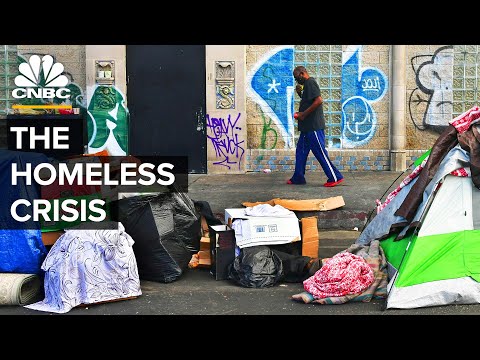
| Factor | Description | Impact on Community | Potential Solutions |
|---|---|---|---|
| Housing Shortage | Insufficient affordable housing for low-income individuals. | Increases competition for limited resources, straining the housing market and social services. | Investment in affordable housing. Policies to increase housing supply. |
| Rising Home Values | Elevated property costs making housing unaffordable for many. | Displacement of low-income families, contributing to homelessness. | Market stabilization policies. Subsidies and housing vouchers. |
| Mental Illness | High prevalence of mental health issues among homeless populations. | Strain on healthcare systems. Increased need for specialized services. | Expanded access to mental health care. Targeted support services. |
| Substance Misuse | Drug addiction can lead to loss of employment, financial instability, and homelessness. | Public health concerns. Increased crime and safety issues. | Substance abuse treatment programs. Harm reduction strategies. |
| Urbanization | Migration to cities with higher living costs can lead to housing instability. | Overburdening of city services and infrastructure. | Urban planning that includes mixed-income housing. Social support systems. |
| Discrimination | Racial and gender discrimination can limit access to employment and housing. | Systematic marginalization contributing to homelessness. | Anti-discrimination laws. Inclusive hiring and housing practices. |
| Infrastructure | Inadequate support for individuals facing economic hardships. | Obstacles in escaping the cycle of poverty and homelessness. | Strengthening of social safety nets. Job training and placement programs. |
| Unemployment | Lack of job opportunities leading to financial insecurity. | Reduces consumer spending and tax revenue. Can lead to increased crime. | Economic development. Unemployment insurance reform. |
| Health Care Costs | Homeless individuals often rely on emergency rooms for health care. | High costs for healthcare. Emergency services become overextended. | Implementation of comprehensive healthcare, including preventative care. |
| Crime and Safety | Higher incidence of crime in areas with significant homeless populations. | Increased police presence and interventions. Community safety concerns. | Community policing strategies. Support services to address root causes of crime. |
| Workforce | Homeless individuals may struggle to find and maintain employment. | Loss of productive workforce members. Strain on social assistance programs. | Job training and employment services. Transportation assistance. |
| Fiscal Strain | Costs associated with emergency services, incarceration, and social programs for the homeless. | Higher tax burden on the community. Diverted funds from other community needs. | Preventative measures. Cost-effective support systems. |
| Public Perception | Homelessness can lead to stigmatization and apathy. | Social division and neglect of a vulnerable population. | Education campaigns. Community engagement initiatives. |
| Children and Education | Homelessness disrupts the education of children, impacting their future opportunities. | Detrimental effects on the future workforce and societal progress. | School support programs. Stable housing initiatives for families. |
| Essential Items | Access to personal care items is limited for homeless individuals. | Hygiene and health problems. Negatively impacts the ability to secure employment. | Donation drives. Providing access to essential personal care items through shelters and services. |
Strain on Public Services and Infrastructure
Consider San Francisco’s emergency rooms or Seattle’s shelters—places where the term ‘overcapacity’ barely scratches the surface. Homelessness gnaws at the resources meant for all, diverting attention and funds from other critical areas in need. It’s like a dam holding back a flood; eventually, cracks appear, and the waters of need spill over, overwhelming public services.

Impact on Children and Education
The tendrils of homelessness reach far, entangling even the most vulnerable—our children. Cities like Chicago and Boston tell tales of young students whose only lesson in stability comes from the inconsistency of their living situations. Educational detours lead to cycles of poverty, a script devoid of promising futures. Education is a feast, and too many of these children are starving.
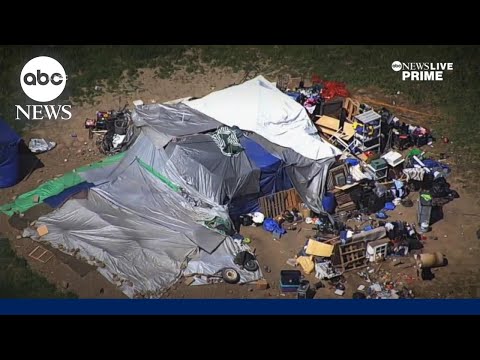
Loss of Economic Productivity
Economic prosperity and homelessness stride different paths. High homeless rates in areas like Washington, D.C. are not just statistics; they represent a drain on economic contributions that could be. Every unemployed, homeless individual is a missed opportunity—a potential spark of innovation or labour lying dormant.
Stigmatization and Social Division
The homeless in Austin and Atlanta encounter a societal scarlet letter, a mark of otherness that feeds a relentless cycle of marginalization. Ostracized and excluded, they become disconnected from the social quorum, marooned on islands of indistinguishable faces and forgotten narratives.
Safety Concerns for Homeless Individuals
Cities like Denver and Portland, despite their postcard scenery and craft-beer adulations, bare another side where the homeless risk personal harm daily. Assault, theft, and worse don’t discriminate by housing status. The safety net for these individuals is frayed, if not wholly absent.
Property Values and Urban Appeal
Real estate is the pulse of any urban center. Dive into the historicity of Miami or San Diego’s market trends, and it’s clear: homelessness tugs at the threads of neighborhood charm, putting downward pressure on property values. Urban appeal and homelessness stand on either side of an economic chasm, with investment potential teetering on the edge.
Conclusion: Reimagining Our Approach to Homelessness
Confronting the stark panoply of homelessness, a mosaic of despair, one thing is clear: business as usual isn’t cutting it. It’s time to leverage progressive policy, drum up practical solutions, and sew a quilt of compassion to buffer the chill of life without a home. The shock of homelessness’s manifold ills should galvanize us into action, transmuting dismay into a crusade for tangible change that buoys every member of our society to safer shores.
In the world of mortgages and housing, www.MortgageRater.com understands these issues deeply. We see how the ebbs and flows of real estate and economic policy can either uplift or pull under entire communities. So if you’re navigating these choppy waters, looking to grasp understanding or seek soulutions, remember: you’re not just investing in a home; you’re investing in the heart of your community. It’s a common Definition of stability and prosperity, one that we must strive for collectively, from the Highest mean streets to the latter defined sides of town.
In the end, it’s not just about lending or housing statistics. It’s about recognizing the humanity in the crisis, understanding why homelessness is a problem, and taking ownership of our societal duty. Because whether it’s providing a toothbrush or a transformational policy, it all makes a difference—a truth as evident as the daylight illuminating the path home.
Why Is Homelessness a Problem That Hits Home for Us All?
Homelessness isn’t just a pressing social issue—it’s an intricate web that tangles up communities in ways you wouldn’t believe! Let’s peel back the layers and discover why it’s not something we can just sweep under the rug.
Home Sweet—Where? The Ripple Effect on Housing Stability
Think about it: watching glenn close Movies might portray dramatic tales, but the real-life drama of homelessness can be far more impactful. The lack of a stable living situation can trigger a domino effect in neighborhoods, driving down property values and leading to blighted communities. It’s not just about the lack of homes, it’s about maintaining the heartbeat of a thriving community.
A Picture Says a Thousand Words – Society’s Well-being at Stake
Homelessness is like funny Pictures gone wrong. Instead of a chuckle, it paints a grim picture of society’s health. When folks are sleeping rough, it’s a blatant sign that social support systems are failing. Not exactly the kind of snapshot we want to flaunt in our social album, right?
The Naked Truth – Public Health and Safety Exposed
And speaking of exposure, think Irina Shayk naked levels of exposed. Homelessness leaves people vulnerable, but it also lays bare the risks to public health and safety. It’s a stark reminder that without a roof over your head, maintaining personal hygiene and staying healthy is as challenging as walking a tightrope—blindfolded!
The Comfort Fit for the Streets? Not Exactly “Red Crocs”
Ever seen someone cruising down the sidewalk in “red crocs” and thought they looked ridiculously comfy? Well, homelessness is the polar opposite of that snug feeling. It’s the kind of discomfort that has people walking miles in someone else’s worn-out shoes… if they’re lucky enough to have shoes.
The Lack of Personal Touch – The Professionalism Gap
Sure, some services are just a click away, like Rentmasseur, offering a professional touch that can ease the stresses of life. Conversely, for the homeless, professional support is often a distant dream. It could mean the difference between despair and hope, but accessing such services is a hurdle race they’re ill-equipped to run.
Why is homelessness a problem, you ask? Let’s see, it stirs up a whole cocktail of issues—housing instability, societal discomfort, health risks, a blaring siren for systemic inadequacies, and a semi-permanent dent on public services. It’s our collective eyebrow-raising moment that calls for more than just raising awareness—it’s about getting the cogs and wheels of change moving.
And remember, fixing homelessness isn’t about giving handouts; it’s about extending a hand up. It’s going to take a village—not just to raise a child, but to raise hope and homes. So let’s not be idle onlookers; let’s be active participants in building a community where everyone has a place to call home.
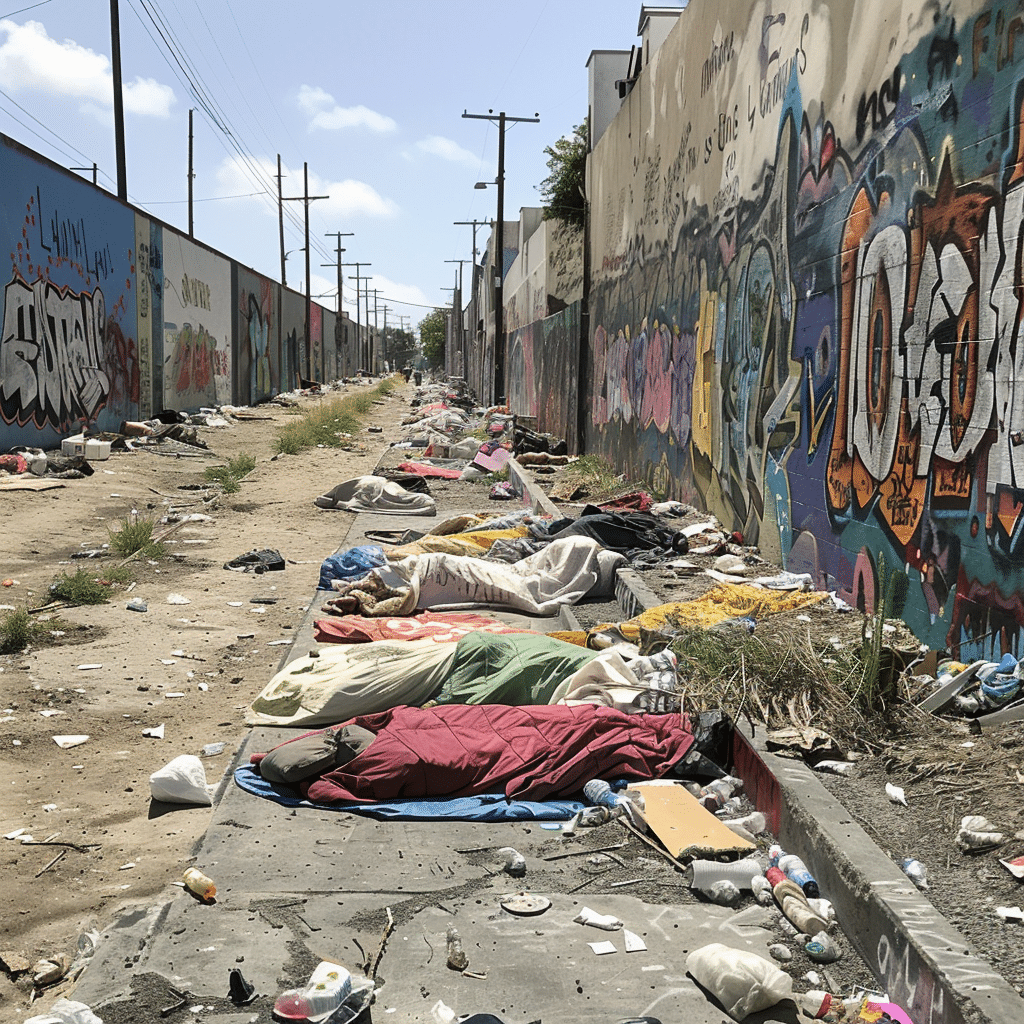
How does homelessness affect the society?
How does homelessness affect society?
Oh boy, homelessness isn’t a puzzle we can just shove back in the box; it’s a real kicker for any community. It stirs up quite the storm, affecting everything from our healthcare shuffle to the dance of crime rates, not to mention how it shapes our workforce and gobbles up those tax dollars. And let’s face it, it doesn’t just spoil today’s soup; it leaves a bitter taste for the future too.
Why is homelessness such a problem in the US?
Why is homelessness such a problem in the US?
Well, let me tell you, homelessness in the US is like a thorn in the side that just won’t budge. It’s tough because the dream house is becoming more of a pipe dream with those sky-high home values and as scarce as hen’s teeth housing supply. Throw in the curveballs of mental illness and addiction, and you’ve got yourself one tough nut to crack.
Why is homelessness a problem globally?
Why is homelessness a problem globally?
Geez, when we look around the globe, homelessness pops up like a bad weed everywhere, knotted up in a mess of issues. It’s this big, complex jigsaw where pieces like housing shortages, health crises, the mean streets of violence, and the quagmire of discrimination all lock together. It’s one tough cookie, affecting everyone from big cities to small towns.
What are 5 things a homeless person could use?
What are 5 things a homeless person could use?
Picture this: you’re out and about, with nothing but the shirt on your back. What’s gonna make a difference? Well, how’s about a trusty lip balm to beat those chapped lips, a toothbrush and toothpaste for a winning smile, a good ol’ comb, a razor and shaving cream for a clean cut, and don’t forget the deodorant—to stay fresh as a daisy!
Who is most affected by homelessness?
Who is most affected by homelessness?
When the chips are down, it’s often those already skating on thin ice who fall through, into homelessness. We’re talking veterans who’ve seen too much, youngsters without a safety net, and folks wrestling with demons like addiction and mental illness. Plus, it’s a real rough ride for those with no place to call home due to violence or discrimination.
What does the Bible say about the homeless?
What does the Bible say about the homeless?
Crack open the Good Book, and you’ll find it doesn’t skate around the edges when it comes to the homeless. The Bible’s chock-full of verses urging us to open our arms wide to folks in need—yep, including the homeless. It’s all about lending a helping hand, showing kindness, and giving shelter to those who don’t have a roof over their heads.
Where is homelessness the worst?
Where is homelessness the worst?
Talk about a hot potato, but yikes, places like New York, Los Angeles, and other big city lights shine a harsh spotlight on the homelessness crisis. Here, the sidewalks can tell a thousand stories of folks without a key to their own front door. Urban sprawls are often where this tough cookie crumbles the worst.
Why is homelessness bad for the economy?
Why is homelessness bad for the economy?
Ring the alarm, because homelessness doesn’t just pull on the heartstrings—it hits the wallet, too. We’re talking a domino effect of spending big bucks on emergency health care, police do-si-dos, and running programs that band-aid the issue. It’s not just pocket change either; these costs add up faster than a cheetah on a treadmill, straining resources and raising eyebrows on budgets.
Who helps homeless the most?
Who helps homeless the most?
Looking for heroes? You’ll find them in shelters, soup kitchens, and non-profits, rolling up their sleeves to help the homeless find their feet. It’s a league of extraordinary everyday people, from volunteers dishing out hot meals to organizations providing beds and services you’d never think of. They’re the real MVPs who give a little light in the darkest corners.
How is homelessness a human rights issue?
How is homelessness a human rights issue?
Shiver me timbers, if having a roof over your head isn’t a fundamental human right, then what is? Homelessness strikes at the heart of this right, denying folks the basics we all take for granted. It’s a gnarly issue that puts a megaphone to the gaps in protecting our right to shelter, safety, and, you betcha, dignity.
What is the real cause of homelessness and why everyone?
What is the real cause of homelessness and why everyone?
Let’s cut to the chase: homelessness isn’t picky; it can hit anyone like a bolt out of the blue. But dig a little deeper, and you’ll see the housing market playing musical chairs with too few chairs when the music stops. Mix in personal hurdles like illness or addiction, and you’ve got a recipe for a problem that doesn’t play favorites, rippling across all walks of life.
Which country has no homeless?
Which country has no homeless?
Brace yourselves, because this might sound like a tale from a fairytale book: countries with hardly a trace of homelessness do exist! Think spots like Singapore or Finland, where they’ve got their ducks in a row with the right kind of social nets and housing policies that keep folks from tipping over the edge into homelessness. They’re rare gems, but boy, are they shining examples!
What do homeless people do all day?
What do homeless people do all day?
No two ways about it, being homeless is no walk in the park. Folks without a roof spend their days trying to hustle for their next meal, scouting out safe spots to crash, and often waiting in lines longer than a shopping day after Thanksgiving—for a shower or a chance to talk to a social worker. It’s a full-time gig, just trying to get through the day.
What do the homeless need the most?
What do the homeless need the most?
This ain’t rocket science: the bare necessities come first—food to keep the engine running, clothing to fend off Jack Frost, and shelter to duck out of the storm. But the cherry on top? A helping hand to connect the dots to services that could help them hit the comeback trail—from healthcare hookups to job-finding jigs.
What do homeless people say they need most?
What do homeless people say they need most?
Straight from the horse’s mouth, the homeless will tell ya, it’s not just about soup and a sandwich. Yep, those help to keep the wolf from the door, but most say what they really need is a shot at a job to bring home the bacon, a stable pad to hang their hat, and let’s not forget, a sprinkle of respect and understanding from the rest of us.
What is the social cause of homelessness?
What is the social cause of homelessness?
Social issues and homelessness go together like peas and carrots, but not in a good way. It’s a web of troubles—think a safety net with holes you could drive a truck through. Job losses that knock the wind out, family fallouts, and getting the short end of the stick with health can all leave people stranded high and dry without a home.
How does homelessness affect the environment?
How does homelessness affect the environment?
Homelessness and Mother Nature aren’t exactly on speaking terms. Without access to the basics, trash accumulates and public spaces can turn into makeshift homes, putting a strain on parks and pavements alike. It’s an unintended game of tug-of-war with the environment, tugging the balance out of whack.
How does homelessness affect crime?
How does homelessness affect crime?
When it rains, it pours, and with homelessness, crime rates can get a sneak boost. Desperation can lead to petty theft or brush-ins with the law just to survive, while folks without homes can also become easy targets themselves. It’s a two-way street that roughs up the safety stats for everyone.
What is the best solution for homelessness?
What is the best solution for homelessness?
If we had a magic wand to wave away homelessness, we’d be living in a fairy tale. But back in the real world, the golden ticket is a combo meal served with hearty helpings of affordable housing, beefed-up mental health and addiction services, plus job training to get folks back on their feet. It’s no overnight fix, but starting with housing-first policies can light the path out of the woods.



